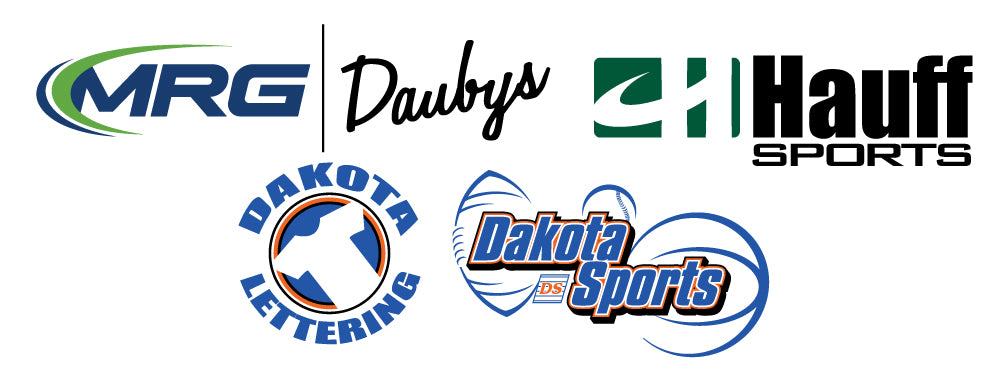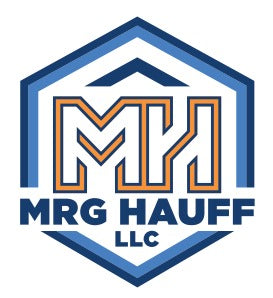Sometimes it's hard to see the forest through the trees. Put yourself in the buyer's seat: What would YOU improve first?
Picture this: You just bought a business. Maybe it came with loyal customers, a solid reputation, and a backroom full of expired printer ink and binders labeled "DO NOT TOUCH."
You didn’t buy it to keep it running as-is. You bought it to make it better.
Your mission (and yes, you’ve already accepted it):
- Boost efficiency (less wasted motion, fewer headaches)
- Increase profitability (without just hiking prices)
- Deliver a modern, friction-free customer experience (to grow your customer base and make sure they keep coming back)
Here are five easy, impactful steps to bring that business into the present—without needing an MBA, six consultants, or a corporate-sized whiteboard.
Step 1: Digitize the Dinosaur Stuff
Start by asking: "If I were buying this service or product today, would I expect to do this... on paper?"
If the answer is "ugh, no," congratulations: you just found your first upgrade.
Low-Hanging Fruit:
- Paper forms ➔ Digital forms (Jotform, Typeform)
- Wet signatures ➔ eSign tools (DocuSign, HelloSign)
- Filing cabinets ➔ Cloud storage (Google Drive, Dropbox)
Real Example:
A buyer took over a small landscaping company and digitized all job orders via tablet. They cut admin time by 60%, started billing faster, and finally threw away the clipboard graveyard in the truck.
Step 2: Automate the Obvious
From your fresh-buyer perspective, look for repeat tasks that make you say, "Why hasn't this been automated yet?"
Spoiler: If a task happens more than 3x per week and doesn’t require creativity, it’s a robot's job now. With all the artificial intelligence and productivity tools available, this is an incredible time to be an "improvement specialist".
Good First Automations:
- New leads ➔ Auto email + CRM entry
- Meeting booking ➔ Calendly
- Payment reminders ➔ Invoicing software (QuickBooks, FreshBooks)
- Follow-up emails
Real Example:
A buyer acquired a fitness studio and implemented a Zapier flow to automatically follow up with no-show clients. Show rates improved 22%, with zero added labor.
Efficiency: on autopilot.
Step 3: Track What You Would Want to Know
New owners often have the clarity of a tourist in Times Square: you spot inefficiencies locals stopped noticing.
Ask yourself: "What numbers would help me sleep at night?"
Start With:
- Profit margin per service or product
- Customer churn rate
- Order fulfillment time
- Top 20% of your customers and their sales and activities
Real Example:
A new owner of a coffee shop started tracking drive-thru times and realized peak bottlenecks were costing $1,800/month. They added one extra staffer from 8-10 AM and solved it. Math + muffins = magic.
Step 4: Redesign the Customer Experience (From Scratch)
Pretend you’re the customer. Would you:
- Struggle to book an appointment?
- Forget when you’re supposed to show up?
- Have to call someone just to pay?
Easy Fixes:
- Self-booking tools (Calendly, Square)
- SMS/text confirmations
- Mobile payments (Stripe, Square, PayPal)
- Chat widget for quick questions
- Easy online navigation and sales funnels - you do have a website already, don't you?
Real Example:
A new owner of a boutique dog grooming shop added online scheduling and text confirmations. Appointments became easier to fill, and cancellations dropped by 40%. Ruff to refined.
Step 5: Equip Your Team Like You Just Hired Them
Think like a new boss onboarding new employees (even if they’ve been there 10 years).
Most teams know their jobs—they just haven’t been shown better tools.
Smart Moves:
- Record short Loom videos for new software
- Set up Trainual or Google Docs playbooks
- Create 15-minute mini-trainings during slow weeks
- Encourage new ideas and build a team to facilitate the best ones
Real Example:
A new owner of a print shop introduced better workflow software (Monday.com) and trained staff on it over coffee and donuts. Morale soared. So did output.
If your team isn't modernized, your tools don't matter.
Final Thought: Think Like the Buyer You Are
Modernizing a business isn’t about doing it all at once. It’s about seeing clearly, acting boldly, and fixing the things that no longer make sense.
When you think like a buyer, you challenge the habits others have accepted.
So grab a pen (or stylus), walk through your business, and ask:
- Is this efficient?
- Is this profitable?
- Is this delightful for the customer?
If not—great. You’ve just found your next upgrade.
Efficiency + Profitability + Customer Satisfaction = Modern Business
Now go show that spreadsheet who’s boss.


